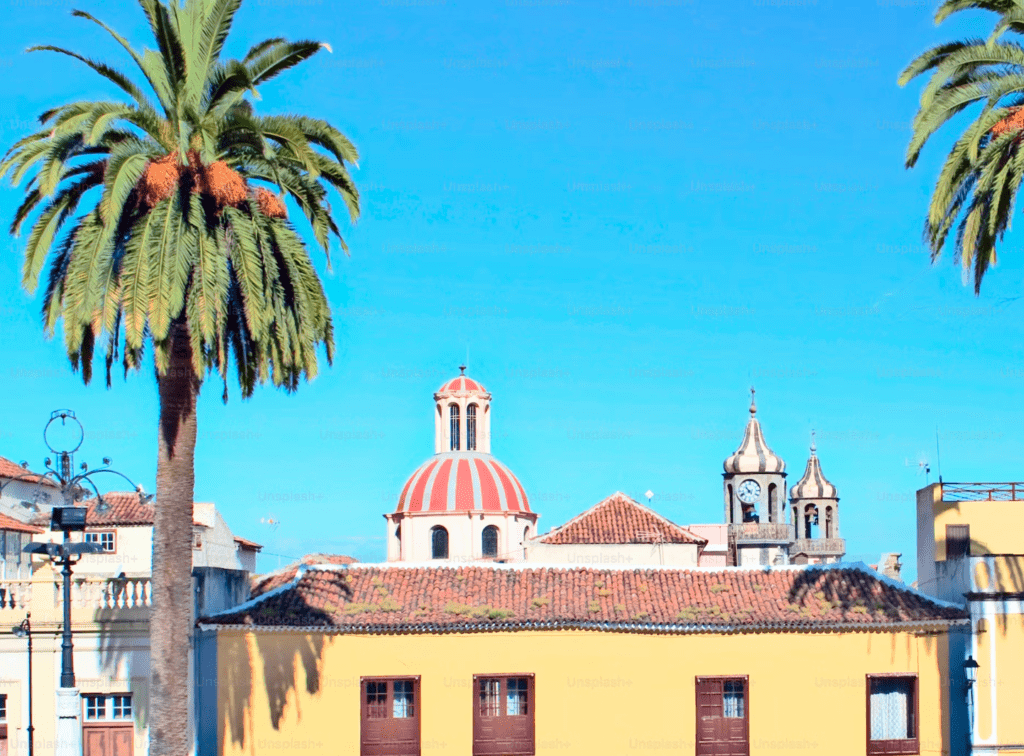Introduction
Embark on an exciting journey into the world of shellfishing on Vancouver Island! Whether you’re a seasoned clam digger or a newbie to crab fishing, this comprehensive guide is tailored to enhance your seafood experience. Discover the essential steps, safety precautions, and pro tips for a successful shellfishing expedition.
Crab Fishing Extravaganza on Vancouver Island
Looking for a super fun and affordable activity? Try your hand at crab fishing on Vancouver Island! Explore the 3 Best Shore Spots for an unforgettable experience.
Tools for Successful Shellfishing
Picking Oysters:
- Rubber-coated work gloves from Dollarama (oyster shells are sharp!)
- Flathead screwdriver or an oyster shucking knife
- Clam bucket or bag for collecting
- Ruler to measure your catch and ensure legal size
Digging Clams:
- Shovel or rake
- Bucket or bag for collecting
- Ruler to measure your catch and ensure legal size
Checking Safety Before Shellfishing
1. BC CDC Shellfish Map:
Utilize the BC CDC Shellfish Map to identify biotoxin closures, sanitary closures, closed species, and open species in your desired shellfishing area.
2. Sanitary and Biohazard Closures:
Double-check Sanitary and Biohazard Closures on the government website. Ensure compliance with regulations and stay updated on daily limits, size restrictions, and other crucial details.
How many shellfish can you keep? Stay within DFO catch limits
Make sure you check for and fishing regulations. As of now, here is some information from the DFO website:
- Mussels – Combined daily limit for all mussel species is 75.
- Pacific Oyster – To avoid inadvertently harvesting Olympia oysters while you are harvesting Pacific oysters, do not harvest any oyster less than 5 cm in diameter. Daily limit is 12 oysters per day.
- Clams: No person shall retain a Manila Clam or Littleneck Clam smaller than 35 mm, nor a Butter Clam smaller than 55 mm. 60 clams max
Identifying Vancouver Island Shellfish
Proper identification of shellfish is key to good conservation practices and your safety. It’s wise to bring along some photos or screenshots so you can compare the photos on-site.
Let’s explore some commonly harvested clams:
1. Blue Mussel (Mytilus edulis):
- Maximum length: 10 cm
- Colour: bluish-black
- Shape: sides may be straight or curved
- Location: Atlantic and Pacific coasts
- Habitat: inshore waters

2. Pacific Oyster (Crassostrea gigas):
- Maximum length: 30 cm
- Colour: brown, green, or grey
- Shape: fluted shell with a deep cup
- Location: Pacific coast
- Habitat: attached to hard surfaces in shallow water
3. Butter Clam (Saxidomus gigantea):
- Maximum length: 13 cm
- Colour: yellow or greyish-white
- Shape: square or oval
- Location: Pacific coast
- Habitat: holes under tidal beach or ocean floor
4. Manila Clam & Little Neck Clam
- Both look impossibly similar and can be harvested together
- Maximum length: 7.5 cm
- Colour: yellow, brown, or grey
- Shape: oval
- Location: Pacific coast
- Habitat: shallow holes in tidal beach sand, gravel, or mud
- Note: Native to Japan, accidentally introduced to Canadian waters during the 1920s or 1930s
6. Varnish Clam (Nuttallia obscurata):
- Maximum length: Can grow to 38 mm in about 4 years (size and age at maturity aren’t known)
- Colour: shiny brown
- Shape: round
- Location: Pacific coast
- Habitat: intertidal zone of sand/gravel beaches, often found in streams, freshwater runoff, or groundwater seepage
- Note: Also known as a savory clam
Explore more species and their characteristics at the DFO Shellfish Identification Page.
Obtaining a Shellfishing License in Canada
Before you set out, secure an intertidal fishing license from the DFO website. Stay legal and responsible in your shellfishing endeavors.
Environment-Friendly Practices: Don’t Throw Shells Away!
Contribute to the coastal environment by returning clam shells to the beach. Discover the art of cooking fresh clams and preparing delightful dishes like the Best Creamy Clam Chowder.
Preparing Raw Oysters
- Scrub oysters with cool water to remove debris.
- Use a flathead screwdriver or oyster shucking knife to open them.
- Preserve the oyster liquor for added flavor.
BBQ Oysters: A Grilled Delight!
- Place oysters on a cold grill with the cup side down.
- Cook for 10-12 minutes, then shuck and brush with your favorite sauce.
Have Questions? Let’s Connect!
Got queries about shellfishing on Vancouver Island? Drop your questions in the comments, and I’ll provide the answers you need. Keep in mind that guidelines may change, so always verify with local authorities for the latest updates.


